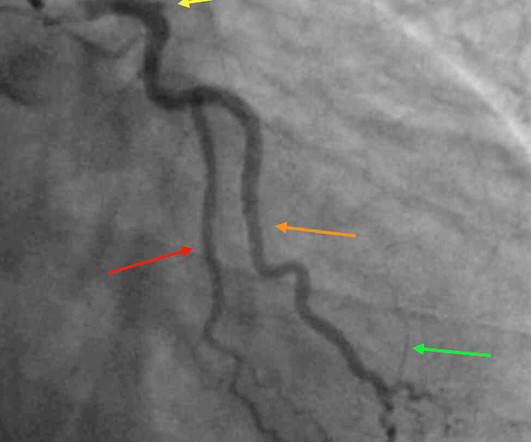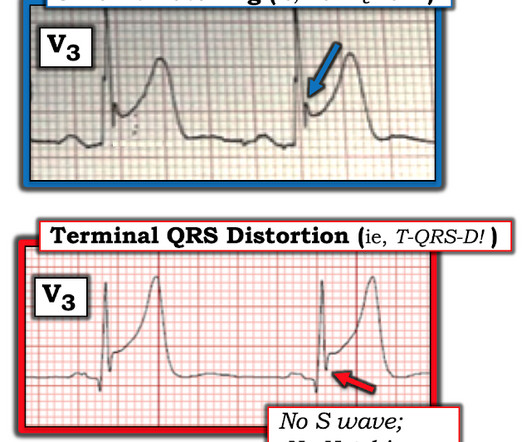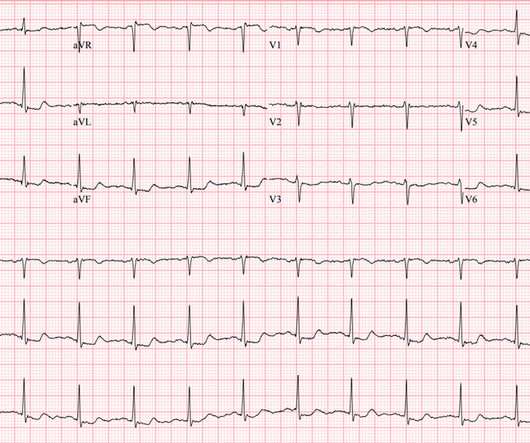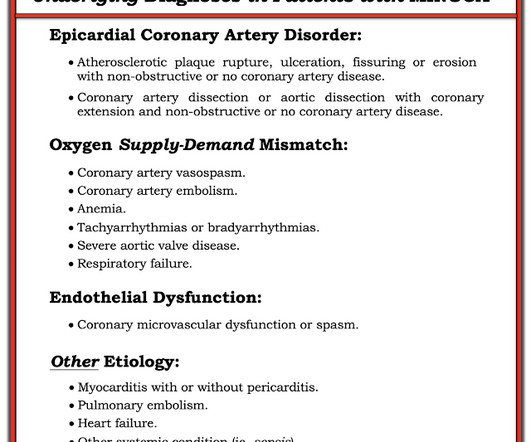46 year old with chest pain develops a wide complex rhythm -- see many examples
Dr. Smith's ECG Blog
AUGUST 9, 2024
Written by Colin Jenkins and Nhu-Nguyen Le with edits by Willy Frick and by Smith A 46-year-old male presented to the emergency department with 2 days of heavy substernal chest pain and nausea. The patient continued having chest pain. These diagnoses were not found in his medical records nor even a baseline ECG.














Let's personalize your content